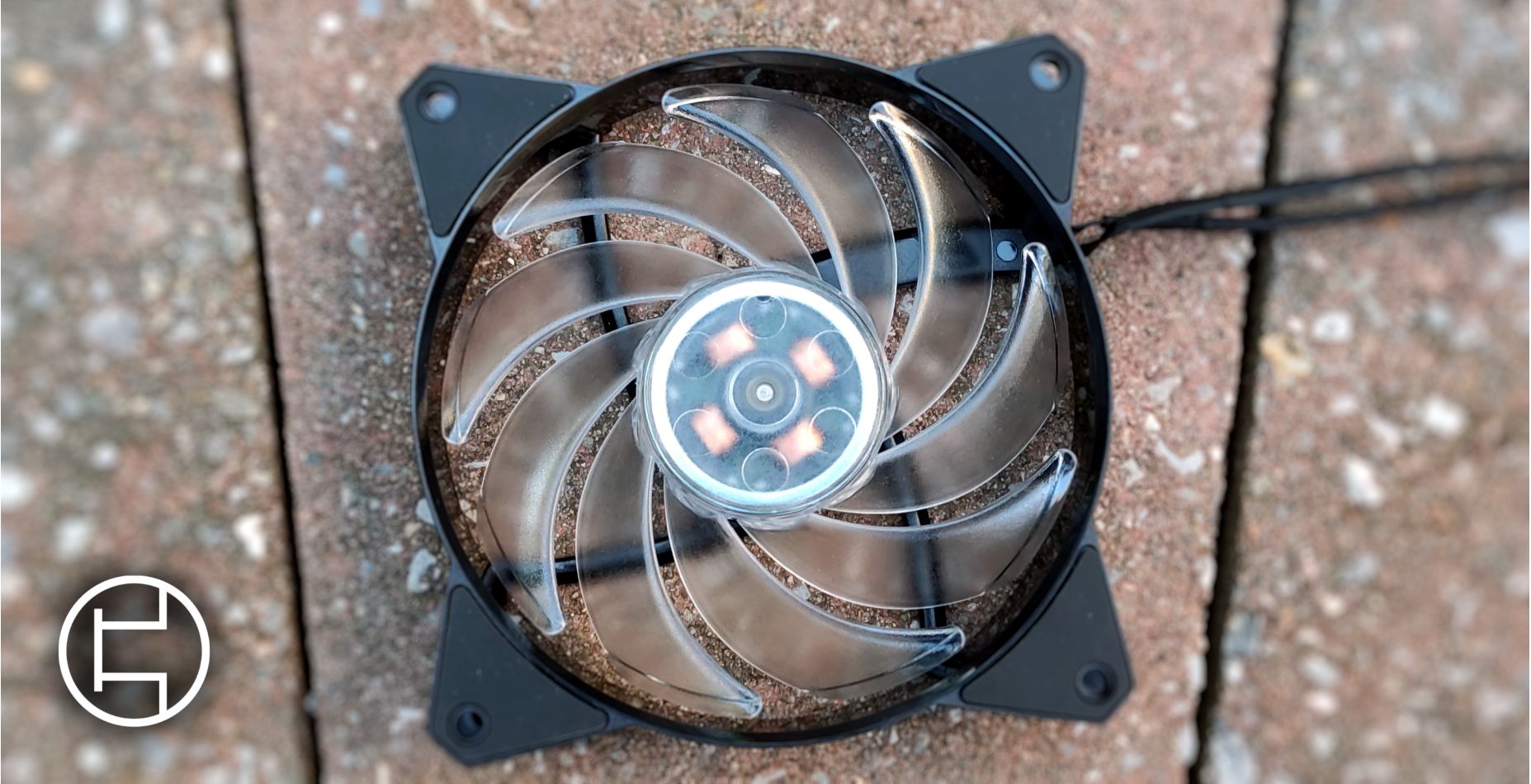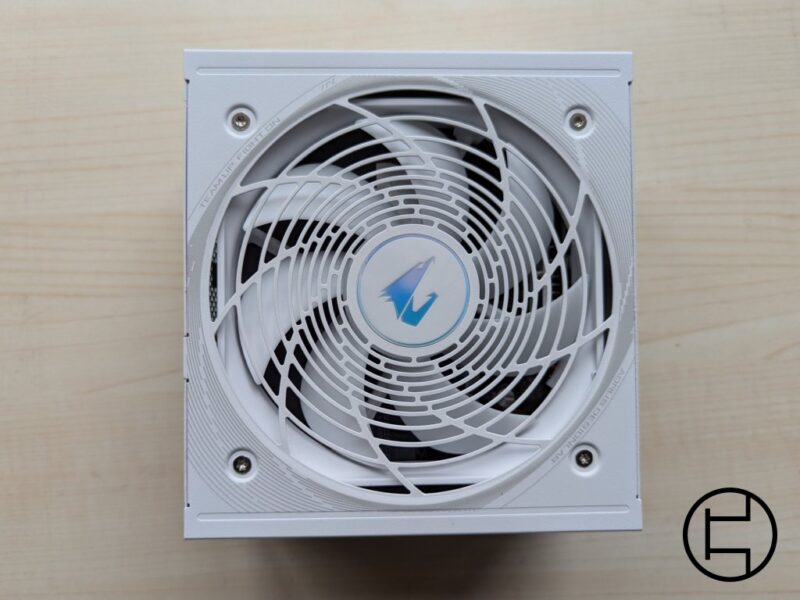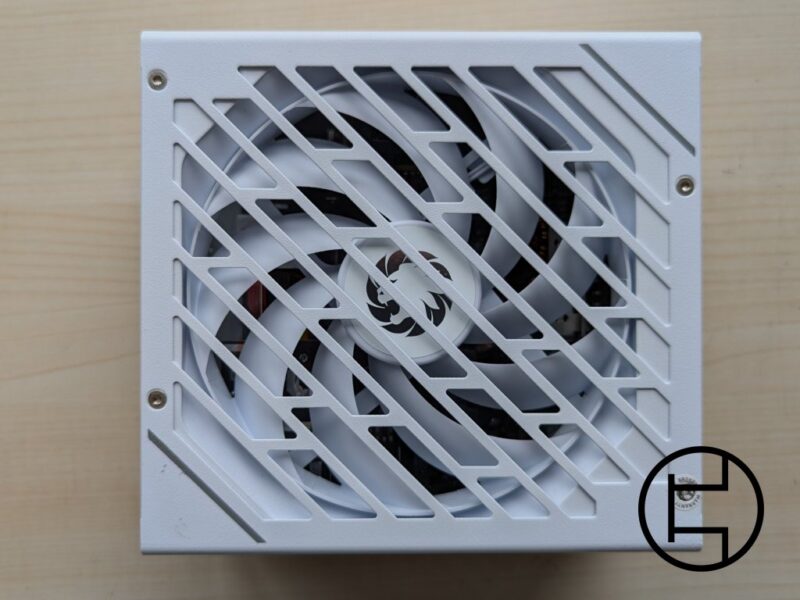This will be an article about the possible issues around swapping the fan on any PSU. It’s not an impossible thing to do, just not something most people have sufficient knowledge for to do it properly. Hence I would generally recommend against it.
Startup voltage
Coming to the first part, the startup voltage of a fan. Since the circuit in most PSUs is hardwired to supply a certain voltage at a certain load/temperature, it might supply a different voltage to what the replacement fan uses. This can for example lead to a higher idle RPM due to the startup voltage being either too low or too high for it. Therefore causing it to either spin up or start at a higher rpm already. Generally, the case is the first, since PSU fans are generally higher RPM. Even with a PWM fan, you don’t fully solve this, since the controller will then do it as a percentage of its cycle. Where 30% is 500 rpm for one fan, it might be 300 or 1000 rpm for the other, making a similar problem in another way.
Fan profile
Most fans have a profile either optimized for static pressure or airflow. This is very useful in the tasks they’re supposed to be used, like a case or a radiator, but not for a PSU. Many normal fans will not be able to provide enough airflow to some of the parts when put into a PSU. This can cause the parts to have a significantly shorter lifespan as a result.
Circuit
Let’s consider for a minute that both of these are still fine. The startup voltage is the same, the fan profile is okay enough to supply enough airflow to the components… so we’re good, right? Right? No. Most people will swap the fan intending to make it quieter, but because of the circuit that controls the fan, it will likely actually be louder. Because the fan is less efficient, it’ll have to compensate with force, causing it to go into a higher RPM to compensate. This means the unit won’t be any more silent, and likely louder
Static pressure
Then there’s the factor of static pressure. The main problem with this is that most people will judge this purely based on CFM-RPM, which is in a normal case fine to do, but not in a PSU. Much more important to a PSU fan is the pressure of the fan, which can be best described with the P-Q fan curve. To explain it simply, the P-Q fan curve is the relation between the static pressure and the airflow of the fan. If you have nothing in front of the fan, you’ll have a lot of airflow (Q) and if you have a lot in front of the fan you’ll have a lot of pressure (P). Since in a PSU you have a lot of components in front of it, the CFM-RPM matters a lot less, where pressure means more. So instead of looking purely at the airflow, you should instead look at what pressure the fan can deliver at a certain RPM. Sadly this isn’t something most manufacturers will publish, making your journey into fan swapping way harder.
Worst case result
A fan swap is not only a void of warranty but also a void of most fire damage insurances. This is because it counts as an unauthorized modification to an electronic device, meaning if you screw up hard enough with something and it catches fire, you’re not covered by anything.
Risks outside of fan choice
And of course, even if you choose the perfect fan, there’s one last risk you’re working with. A PSU is a high amperage AC-DC converter. Unless you’re qualified to do this, don’t try things like this yourself. Getting a shock from a unit can do small damages like giving you a burnt finger if you know what you’re doing. But when not taking the proper steps this can get as bad as getting permanently numb or even death, as DC current through your heart can technically kill you. This is why most people shouldn’t even open a unit in the first place, let alone modify it.
Conclusion
– it’s dangerous
– there’s too little data to properly choose a fan
– nothing will cover you if it goes wrong
– it’ll likely not even solve the problem
– If you want to swap a fan, do this only by the original one used if you’re qualified for it. If you’re not and your fan is too loud or died over the years, buy a new/different PSU instead.
Sources used
https://www.nidec.com/en/technology/motor/glossary/000/0630/


